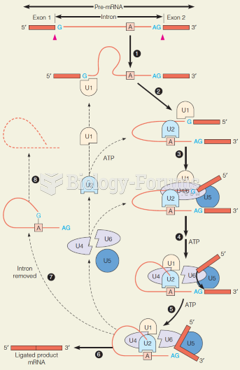Answer to Question 1
An ideal response would be:
Redistricting is the action of a state legislature or other body in redrawing legislative electoral district lines. About a dozen states delegate these responsibilities to independent redistricting or reapportionment commissions. In Alaska, the governor's office draws the legislative districts. Most legislatures consider these once-a-decade responsibilities so important, however, that they are unwilling to turn over control of the task to anybody else.
Drawing legislative district boundaries has always been controversial, in large part because redistricting decisions are made by partisan majorities in legislatures. The highly political nature of the undertaking is usually reflected in the results. It is the political equivalent, says one observer, of moving the left field fence for a right-handed pull hitter. By changing the boundaries, redistricting helps some, hurts othersand leaves just about everyone else scrambling.
Answer to Question 2
An ideal response would be:
The secretary of state publishes the laws, supervises elections, licenses professionals, and issues certificates of incorporation. In some states, the secretary issues automobile licenses and registers corporate securities. In states without a Secretary of State, the Lieutenant Governor or some other official fills these duties. Voters in 35 states elect secretaries of state. In eight states, governors appoint people to this position. In three states, secretaries of state are elected by the legislature. And four states do not have this position at all.







